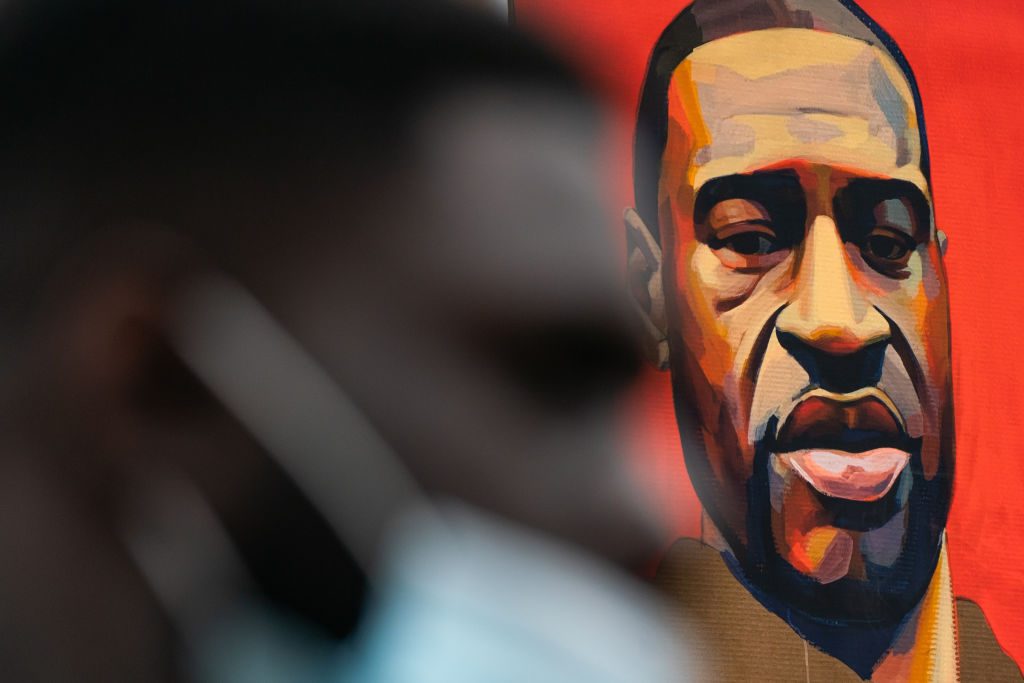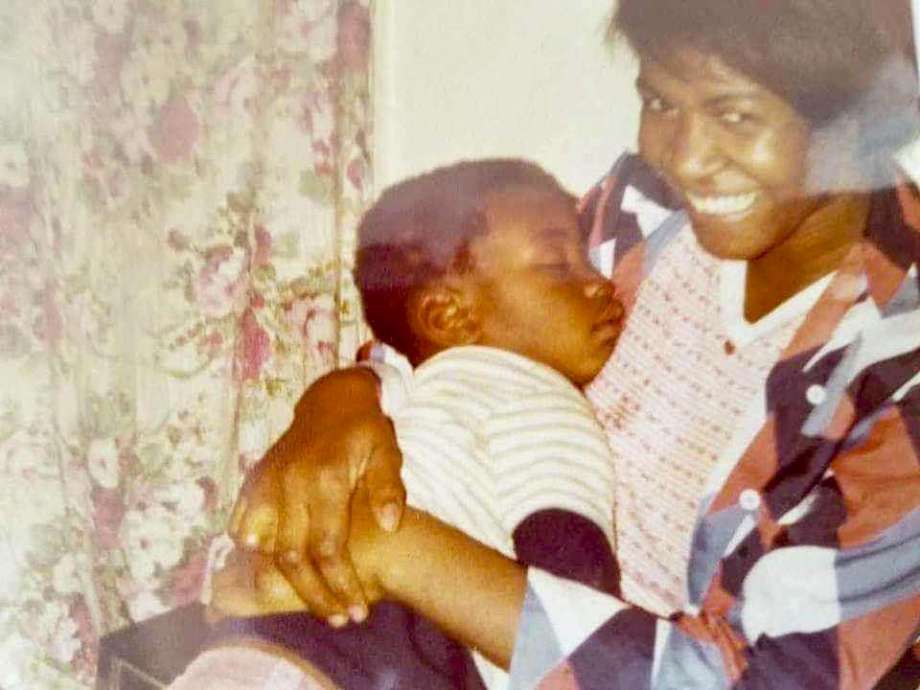Art World
8 Curators, Artists, and Art Historians on the Most Consequential News Images Since the Death of George Floyd
We asked a handful of experts to tell us which images have struck them especially, and why.

We asked a handful of experts to tell us which images have struck them especially, and why.

Artnet News

In the weeks since the police killing of George Floyd in Minneapolis, an international protest movement has sprung up with widespread grassroots support.
Aided by the rapid-fire spread of images and information on social media and through news publications, the protests have emerged as a new civil rights movement, with clear demands for changes in law enforcement, new approaches to the distribution of resources, and uncontroversial demands for the right to life.
Photographers around the US—amateurs and professionals—have captured demonstrations and memorials in images that are at once inspiring and harrowing. We asked a handful of curators, artists, and historians to tell us which images have struck them especially, and why.
A protester takes a knee during a #SanJose protest on Friday after #GeorgeFloyd's death in #Minneapolishttps://t.co/F7x74e8xmq@mercnews @EastBayTimes #GeorgeFloydprotest pic.twitter.com/2vfUo3IO9o
— Dai Sugano (@daisugano) May 30, 2020
This was taken by photographer Dai Sugano in San Jose in May 2020, during a Black Lives Matter and George Floyd protest. The image is so powerful and embodies the ways in which Black people (and here, Black women) have always taken, and continue to take, a stand and speak truth to oppressive power and systemic racism, even when that power comes face-to-face with you and threatens your very being, your life.
This picture embodies what is right and what is deeply, deeply wrong with our country, and it confronts us with the standstill—the roadblock—that we will continue to run up against until we honestly address our country’s history of racism, violence, terror against Black people.

George Floyd as a small boy with his mother.
Whenever I think of George Floyd, I think of this photograph—a pieta of sorts. His mother smiling sideways at the camera with her arms around her sleeping boy, his face soft and sweet and utterly trusting. This image is seared in my mind, maybe because it is so regular, so familiar. I feel the warmth and weight of his head on my chest like I feel my child’s, like I remember the safe haven of my mother’s arms. As his life was violently taken, as he narrated his own murder, he cried “Mama.” At 46 years old, himself a father, he called out for his mother. It pierces me to my core.
Everyone is someone’s baby, everyone has been rocked to sleep in someone’s arms, everyone is fiercely loved by someone. George Floyd, Breonna Taylor, Tony McDade, Ahmaud Arbery, Nina Pop, Robert Fuller, Oluwatoyin Salau, and every single other person, known or unknown: they were stolen from us and from the people who love them. As James Baldwin told us, a person is more important than anything else. It’s time we started acting that way.
I was struck by an image that popped up on Instagram during the protests at the Robert E. Lee monument in Richmond. A man is holding a sign stating, “Rumors of War Wasn’t a Rumor.”
It struck me, as it showed how the Kehinde Wiley monument [titled Rumors of War], now permanently installed at the VMFA, reverberated in the larger imagination. Artists and their works are often prescient!
Kevin Claiborne, who’s currently a first-year student in Columbia’s MFA department, captures this moment—memorializes it—in such a reflective and maybe even introspective way.
The caption (“If you see this, please don’t give up”) is the refrain in an epic song that’s lasted 400-plus years. What I am especially drawn to are these moments of quietude and pause. Mainstream media painted a grim and one-sided picture of what the protests look like. These photos show another reality and depict people embracing, people taking a beat, people in communion and camaraderie in the belief that Black Lives Matter.
https://www.instagram.com/p/CAJ6mgQDvgx/?utm_source=ig_web_copy_link
A Wildcat whispered, “Put your Wake Up capes on.” Take the red pill. This is a moment of time, space, and revolution. If money is speech, we believe everyone should have enough to be heard. What we ask is simple! Give us our own future.
A group of Black men in Louisville KY formed a human shield around a white cop who got separated from his unit, to protect him from angry protesters.
Can anyone post a picture of a group of white cops forming a human shield & protecting a Black man from police violence? pic.twitter.com/G5E4mkkmiv
— Tariq Nasheed ?? (@tariqnasheed) May 30, 2020
Amidst all the stream of images of the protests, five protestors, all strangers, made the spontaneous decision to protect Galen Hinshaw, a white Louisville Metro Police Officer who found himself alone, hemmed in by the protestors. As the tension ratchetted, Julian De La Cruz, Ricky McClellan, Darin Lee Jr., and two others linked arms to protect the lone officer, defusing what could have become an explosive situation.
This image moved me not for its heroics, but how it expressed the fact that the protests were righteous protests—they were not about attacking physical bodies or property, but a defense of values of the sanctity and rights of all bodies—regardless of race, religion, or sexuality. It was about changing the system, the structure such that all were accountable for their actions.
De La Cruz, one of the five, was quoted as saying “If I can hold my brothers accountable, if I can march with my brothers and turn against them to say, ‘This isn’t right,’ that’s where the accountability comes in… What we need is for those great cops to hold their brothers and sisters accountable at all times.”
Posted by Afrikans Helping Afrikans on Friday, June 12, 2020
This photograph was taken during the June 4 protest in the Mott Haven neighborhood of the Bronx, when activists and legal observers reported kettling and forcible arrests by New York City police and federal immigration agents at the outset of the city-mandated 8 p.m. curfew.
The photograph is memorable to us because it centers longtime activists of color who have organized in their communities, and also visually conveys generations of struggle before them. As pictured organizer Shellyne Rodríguez of Take Back the Bronx wrote to us: “Exhibitions of Resistance in the Bronx are critical. Our self-determination and a weaving together of the social fabric once again is the groundwork necessary for an abolitionist future with community control of land and housing at the helm.”